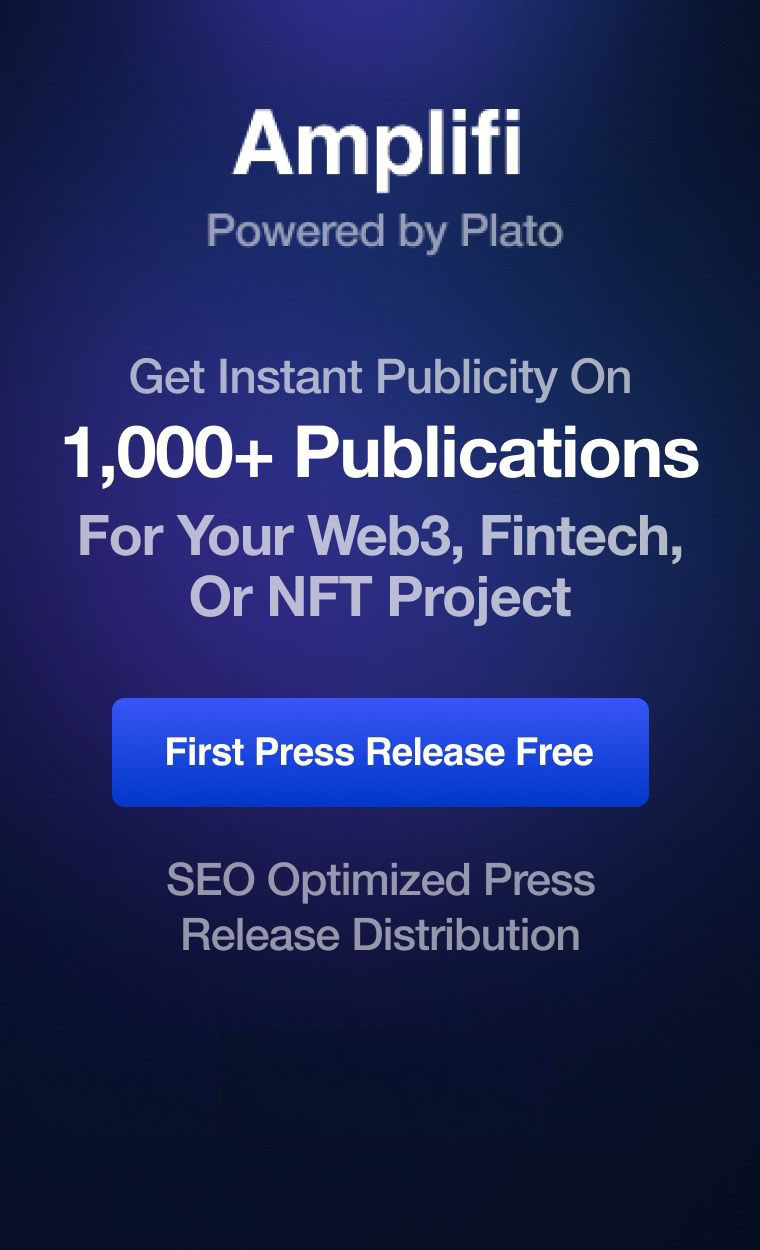It is quite hard to enumerate all the benefits of telemedicine services based on blockchain, but the major one is that all transactions are guaranteed to be secure and transparent.
Medicine has to face some difficulties. In some places all around the world access to essential medical services is, unfortunately, limited. Even in advanced countries, huge queues still exist and can prove fatal or cause irreparable damage. In some countries consumers of medical services get debilitating medical bills, and patients as well as doctors frequently have restricted access to medical records.
Nevertheless, the sphere of IT which constitutes the second largest sector seems to have something to offer as a solution to the problem. Modern technology that is increasing at such a fast pace can provide us with yet unforeseen innovations that could dramatically improve the standards of treating patients. The amount of mobile phone users is growing incredibly quickly day by day. That means it will be possible to save more human lives as more people will have access to digital medical services.
How Modern Technology Can Help
Nowadays we can see the vast number of technologies accessible, and there are even more applications based on them. Huge amounts of data can be processed by such modern technology as artificial intelligence (AI), natural language processing, and machine learning, and that is impossible for us, human beings. Some other technology, for example, blockchain can enhance security, privacy, and efficiency of medical computing, or telemedicine can provide the communication between patients and medical specialists so that the patient can consult the physician about health problems that are not of great concern, and enormous databases allow common people to educate themselves on health issues to be able to care for themselves.
Certainly, some technological solutions in the sphere of healthcare are already on the market. Most of them function in a similar way.
Their main purpose of many medical blockchain platforms and services is to alter the healthcare industry for the better thus making it more convenient for their user, simplify medical record retrieval, optimize the process of treatment, provide wider health coverage, spread information about health and medicine to encourage people to live a healthy lifestyle. Telemedicine services based on blockchain unite experts in different fields such as medicine, artificial technologies, and IT. That can provide a wider range of opportunities for healthcare.
How Patients Can Benefit Using Modern Technology
Let’s imagine that you get sick or are just interested in maintaining your good health. Using telemedicine you have an opportunity to get a specialist’s piece of advise on what to do to recover or monitor your health condition (however, you should take into account that in some cases it’s necessary to visit the trained professional in the clinic to be examined and treated more carefully).
Apart from that, you can also use the service of the second opinion to make sure that your doctor chose the right way to treat you. In addition, telemedicine allows you to find better clinics and hospitals in your area.
Telemedicine Can Facilitate Doctors’ Job
The use of patients’ electronic medical records can greatly ease doctors’ job because the specialist can get as much information as necessary from the medical history to aid the patient and determine what treatment better suits him or her. Furthermore, vast database can help the doctor to keep the patient up-to-date on the latest medical recommendations about treatment and medicines.
Moreover, the doctor can contact patients to ask for information about their health or previous treatment, remind them of appointments, and carry out on-demand remote consultations. There is plenty of telemedicine services these days that allow medical specialists to maximize the benefits and gain experience.
In addition, tokens enable its holders to invest them in anticipation of the price growth, or exchange them for any other cryptocurrency or fiat currencies. Basically, telemedicine services offers their users not only medical or professional but also financial benefits.

Subscribe to stay up to date with the latest blockchain innovation in healthcare .
![]()
Develops the content-plan and the stages of the marketing strategy. Works on the development, implementation and realization of marketing plans, coordinates marketing campaigns and controls the routine marketing actions of the organization.
Related
Source: https://blockchainhealthcarereview.com/improving-your-healthcare-with-blockchain-technology/



